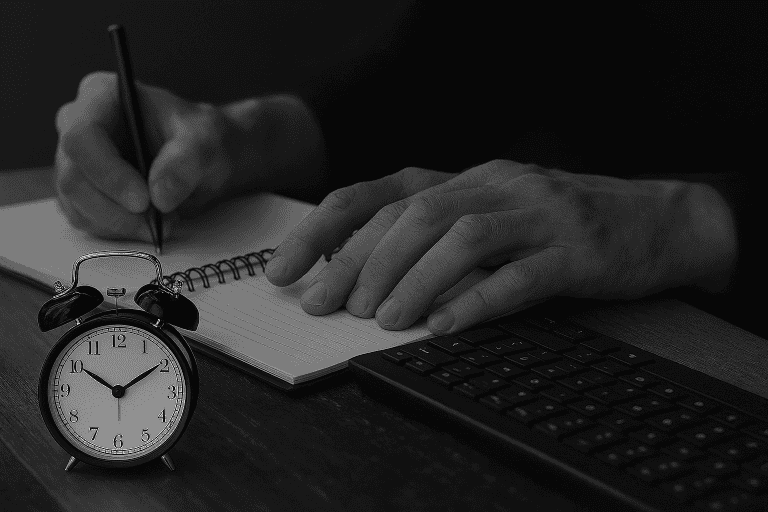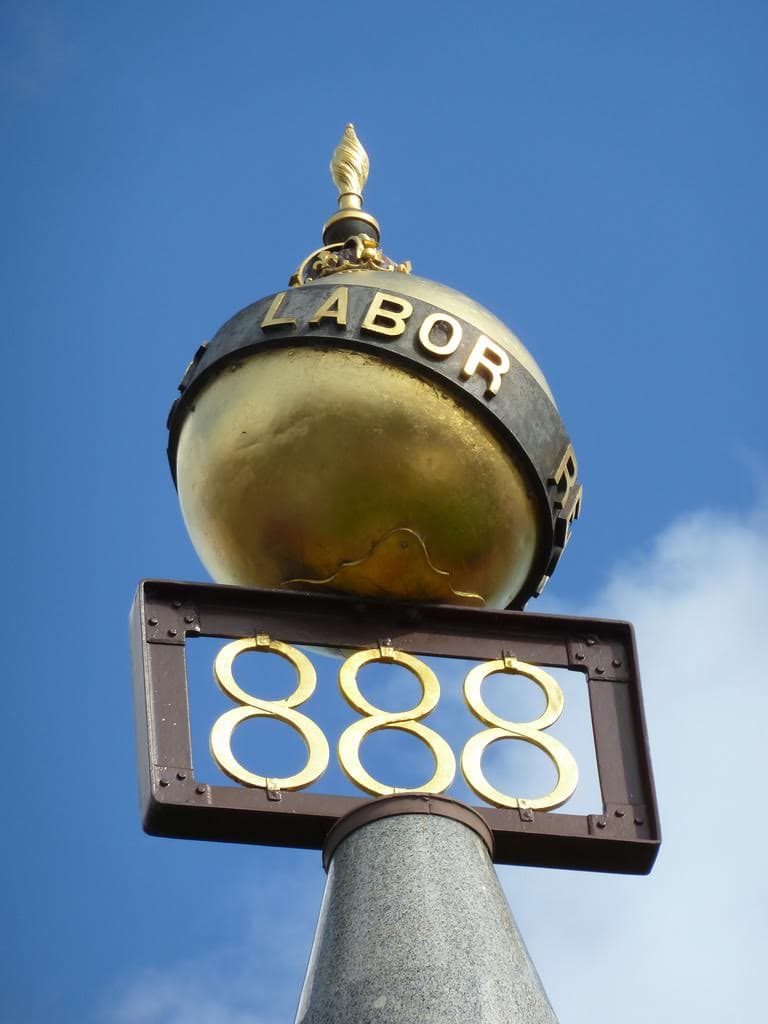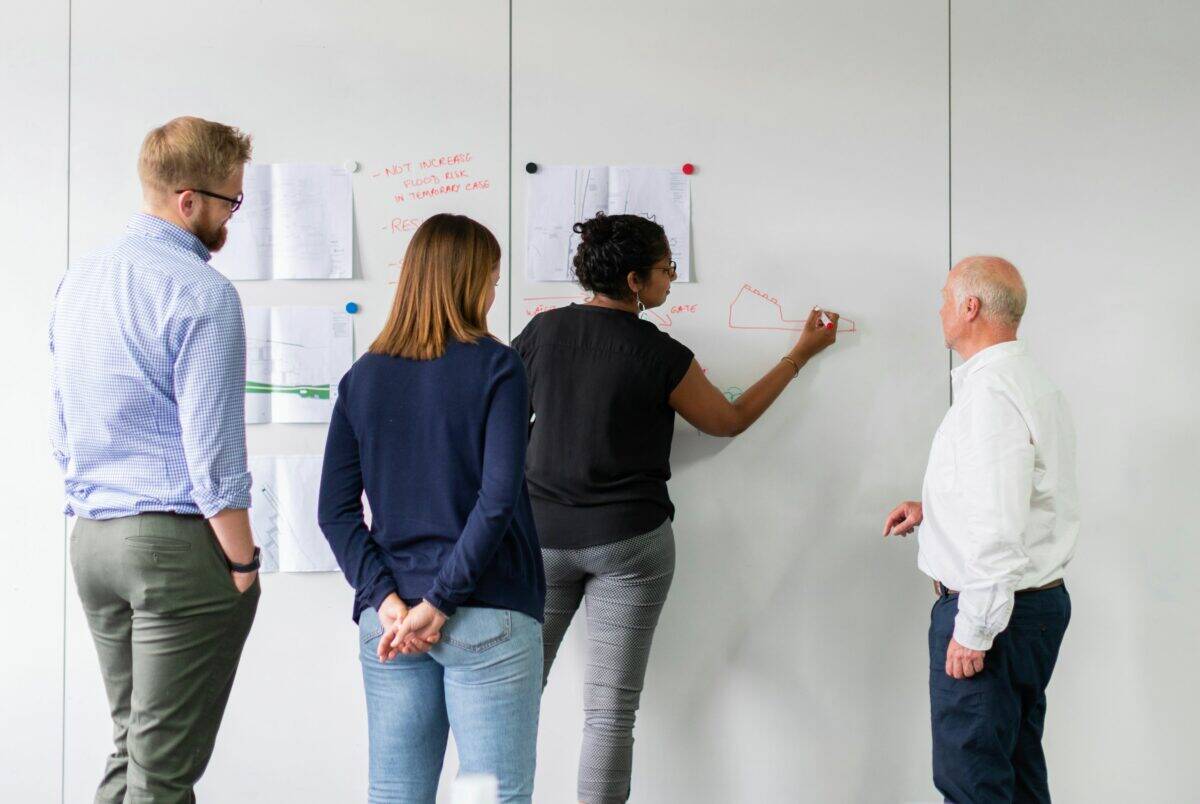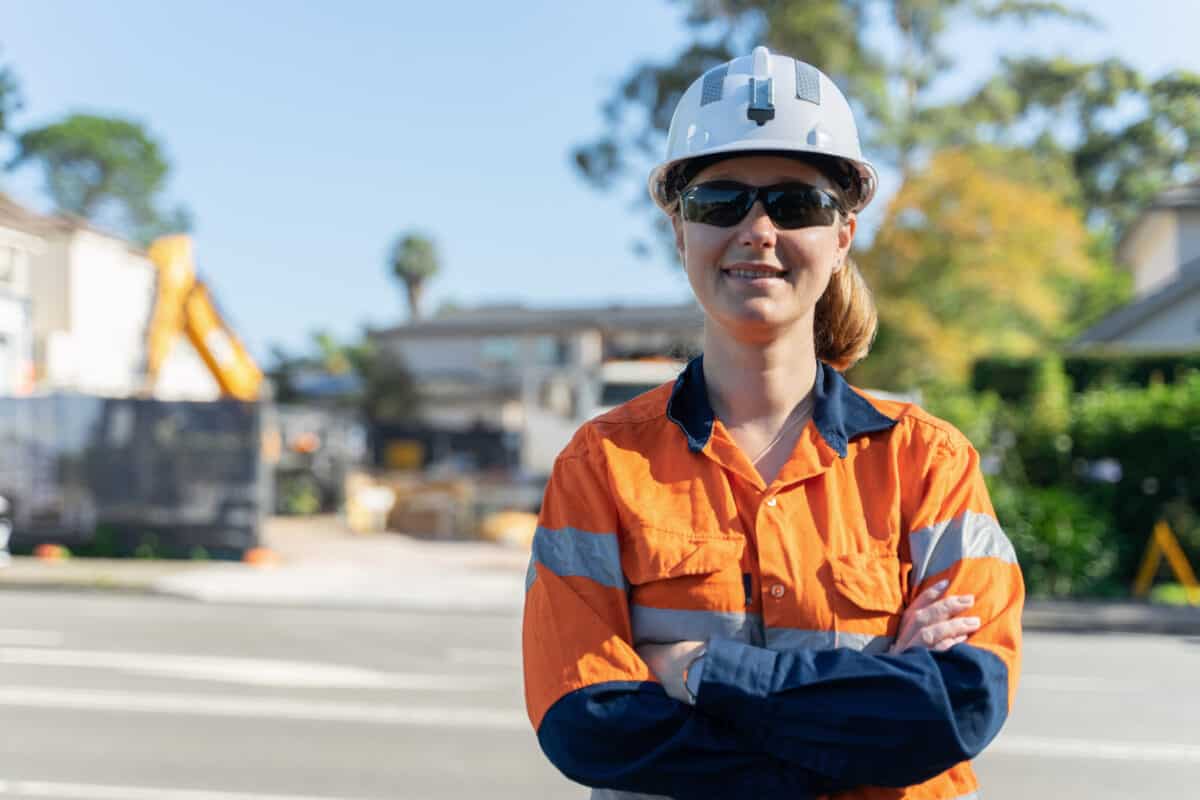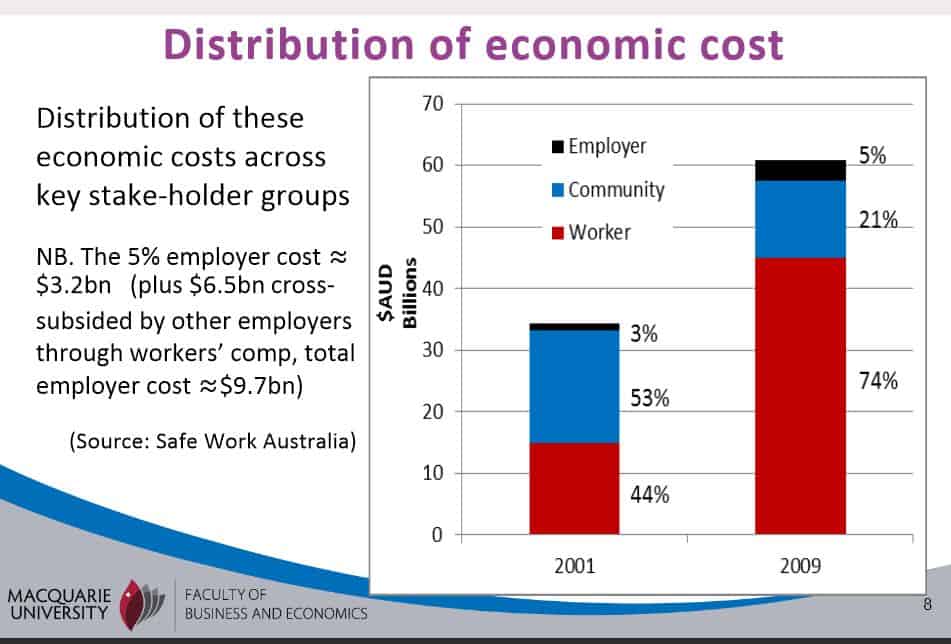I asked an artificial intelligence program to identify Australian instances where politics may have led to institutional changes related to psychosocial hazards. It revealed numerous actions related to government inquiries and activities, but did not address politics as I intended. Clearly, my question needed clarification, but the response remained informative and deserves attention.
This time I asked:
Continue reading “Political Reforms Drive Some Systemic Psychosocial Hazard Changes”“Most Australian discussions of psychosocial hazards appear to focus primarily on causes that can be controlled at work. Is there any activity in the political sphere for institutional changes?”

